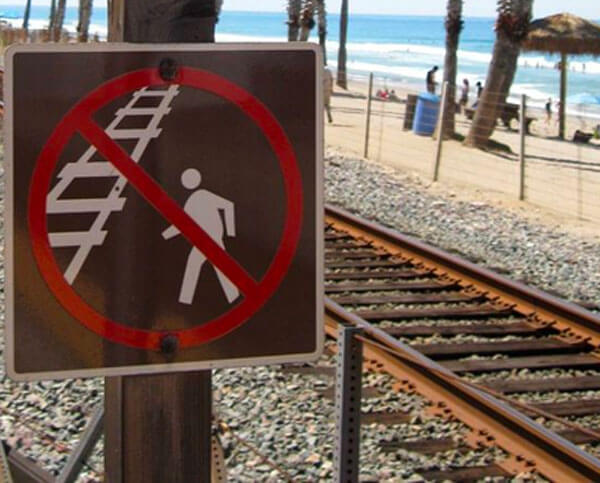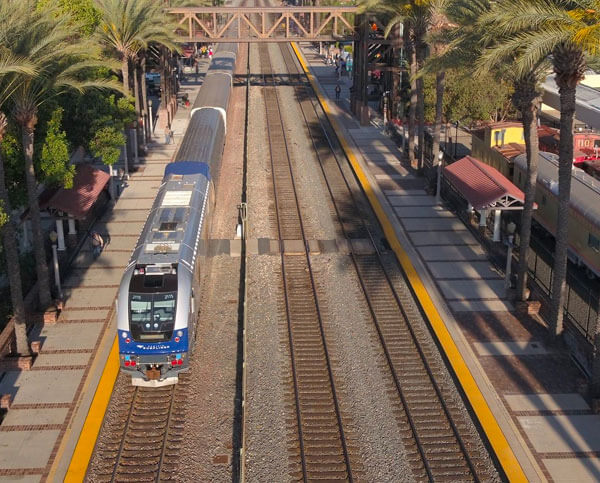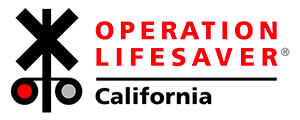September is Rail Safety Month – it’s a great time to remind ourselves about the importance of being cautious whenever we’re near railroad tracks. Learn why rail safety is so important, and what you can do to keep yourself and those in the community safe.
Pedestrian and Automobile Incidents on the Railroad
Those who walk on train tracks or rush through rail crossings likely make a few dangerous and incorrect assumptions: trains are loud, big and slow, so there is time to move out of the way if one comes. But that is not true, and unfortunately, this thinking leads to 95% of all accidental rail-related deaths in the United States, with a person or vehicle being struck by a train every three hours across the county. When this tragedy occurs, lives are changed—for the people involved, their family and friends, local communities, and for the train crew members and passengers. These accidents are preventable, and we need to come together and educate everyone about the importance of being cautious around train tracks.


Collaborating on Solutions
We’ve worked with California Operation Lifesaver to identify areas along the railroad with a higher number of pedestrian and automobile incidents and the root causes. To help address the issue, we developed a multi-pronged initiative called Operation Safe Surfs that includes the following:
- Advertisements on connected televisions and streaming services
- Geofenced safety messaging in areas where incidents are more common
- Suicide prevention and rail safety signage along the railroad in areas where incidents are more common
- Outreach by volunteer groups and care packages to people experiencing homelessness near the railroad
Do Your Part to Stay Safe
The best way to avoid a tragedy on the tracks is to stay off them, and be cautious whenever you are near the railroad. Here are some essential rail safety tips to keep in mind:
- Heading to the beach, or looking for a shortcut? Only cross train tracks at designated pedestrian or roadway crossings, and obey all warning signs and signals posted there.
- Don’t walk, bike, jog, stand, or take photos on or next to the tracks. Trains can come from either direction, and are much quieter and faster than you might think. Plus, it can take a train more than a mile to come to a complete stop.
- Stay alert around railroad tracks. Don't do anything that would prevent you from hearing an approaching train, such as listening to headphones or talking on the phone.
- When boarding the Pacific Surfliner, stay behind the designated safety line on the station platform.
- To report an emergency at a train crossing, locate the Emergency Notification System sign (posted at or near the crossing) and call the number provided.
- Report suspicious items, persons, or activity immediately to the Amtrak Police Department by approaching a uniformed officer, calling (800) 331-0008, sending a text to APD11 (27311), or by calling 911. Enter these numbers in your cellphone.
Resources for Teachers and Kids
California Operation Lifesaver works year-round to educate the public about rail safety. They have lesson plans for teachers, coloring books and activity sheets for kids, fact sheets, quizzes, and more. Schedule a presentation from an authorized presenter volunteer for students, schools, businesses, emergency responders, and others. Learn more.
By embracing these rail safety practices and being proactive advocates, we contribute to a safer travel environment for all. Remember, safety is everyone's responsibility, and each action helps prevent accidents and saves lives.

